Avoid missing, taking blurred, or poorly framed nature photos. Using your equipment and the outdoors to your advantage will help you capture stunning and intriguing images.
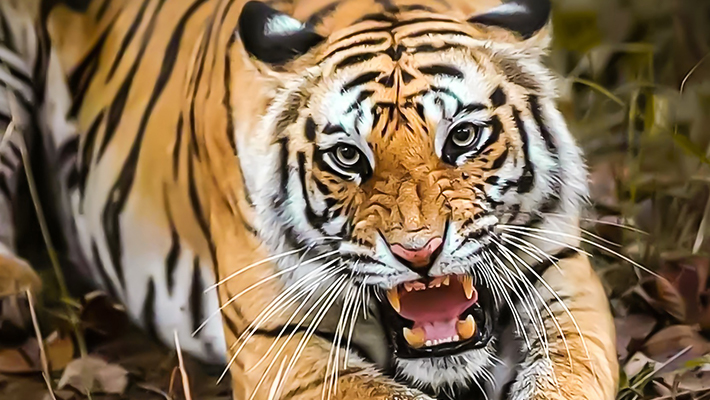
bluecranedigital.com gathered essential information and pro tips to help you frame and capture nature images in their full and natural glory.
What is Nature Photography?
Nature photography is a range of photography captured outdoors and centered on displaying natural elements like landscapes, wildlife, plants, and close-ups of natural elements and their textures. Consider the following tips when setting out to capture the perfect nature images:
#1 – Get the Lighting Right
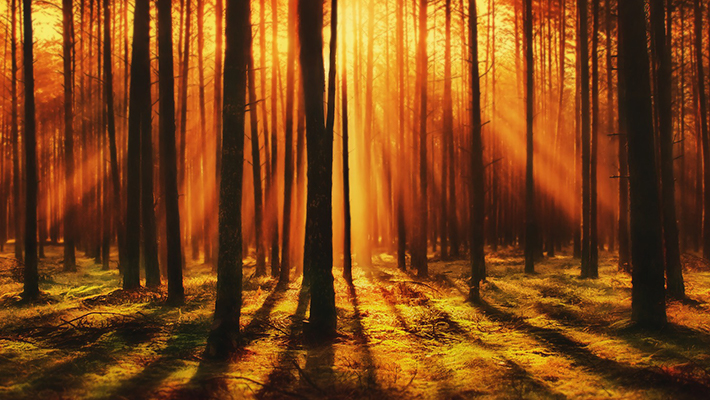
Nature photography is centered on the outside world, and lighting is one of the more crucial elements to consider. If you shoot during the day, you’ll likely be working with direct, unfiltered sunlight, creating harsh tones and shadows. This factor makes it more challenging to capture shots that look dynamic, soft, colorful, or natural.
You can combat harsh lighting by shooting during the “golden hours,” which are the periods just before sunrise and just after sunset (during the early morning and early evening). This period offers soft and indirect natural light with a quality allowing your subject’s colors to come alive.
#2 – Use Wide-Angle Lenses
To be recognized for your nature photography prowess, you’ll need to use a wide-angle lens when capturing your prized landscape images. Many of your images will look amazing by having a centralized focus. However, the idea of nature photography is to showcase an undeniable sense of wide-open space.
These lenses offer greater depth to your images and allow you to use faster shutter speeds (wide-angle lenses allow more light into your equipment). There’s rarely a case, like macro photography when wide-angle lenses aren’t preferred.
#3 – Experiment with Depth of Field
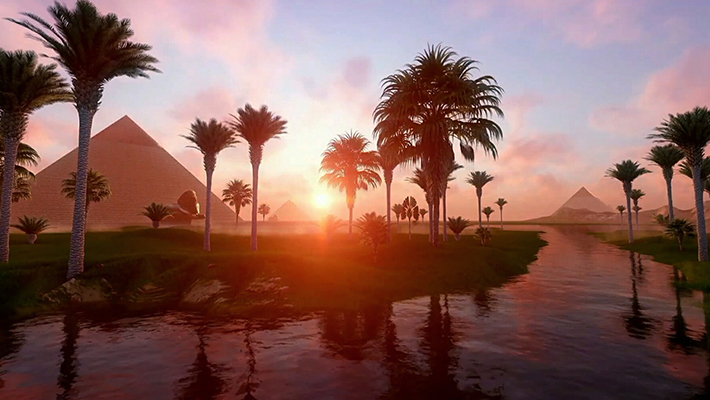
Some novice nature photographs tend to focus only on their main subject, like an animal or flower. Separate your subject from the background using a wider aperture (f/2.0 or f/2.8). Aperture is the lens’ opening size, significantly affecting “depth of field,” a wider aperture setting creates a shallower depth of field, resulting in blurred backgrounds while focusing attention on the subject. Smaller apertures create an extended depth of field, causing backgrounds to look sharper and more defined.
Note: Experiment with each aperture setting to see which makes your image and subject stand out the best.
#4 – Shoot Using RAW Format
Many photographers new to the profession shy away from using the RAW format in their work because it uses a significant amount of memory or digital storage space. When referring to nature photography, however, the RAW format is preferred and used by seasoned pros.
Compared to JPEG formatting, cameras equipped to capture RAW images produce unprocessed final products. This translates to having a massive amount of pixel information to manipulate when editing your photographs. Rarely will your equipment and best efforts capture nature as perfectly as it truly appears, and RAW images will give you the ability to further sharpen and illuminate the images you have skillfully captured.
#5 – Always Use the Rule of Thirds
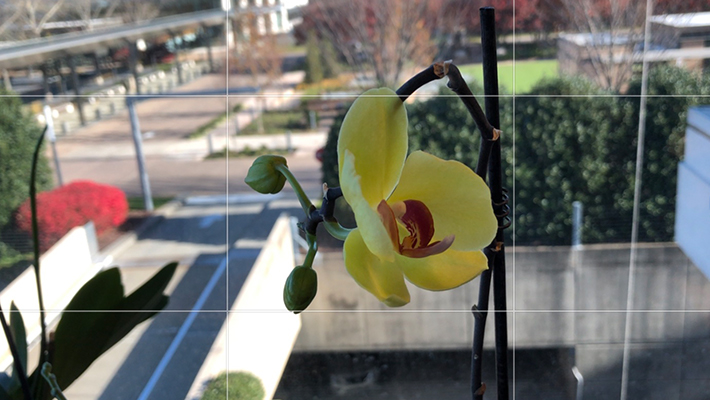
One of the simplest and most common photography tips is to compose your image abiding by the rule of thirds. The rule of thirds helps a photographer position points of interest along an invisible grid.
When looking through the viewfinder or screen, envision two horizontal lines and two vertical lines (like a tic-tac-toe grid); placing your subject along the points where these lines meet will likely yield the most attractive and balanced images, especially when shooting nature elements, which often lack an immediate focal point.
Note: Some cameras provide “grid mode,” which overlays the 3×3 grid on the screen to assist photographers in framing the perfect shot.
#6 – Be Creative
Nature offers endless wildlife and landscape photography opportunities, and you should take advantage of them. Incorporate your unique vision and ideas when you shoot, and try things other photographers may not have experimented with or used.
Example: Where other photographers shoot wide shots, consider taking close-ups or macros, and where others shoot from higher vantage points, try shooting at ground level.
#7 – Study Nature
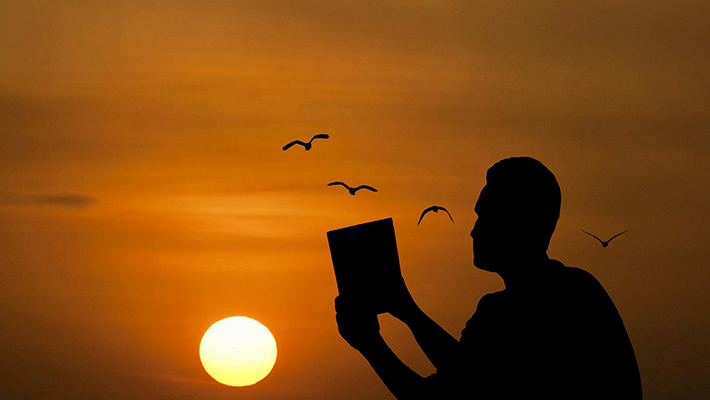
Professional photographers can always capture better images of subjects they understand, and nature is no exception. Being more knowledgeable about animals, plants, and landscapes, you can better predict and follow their unique rhythm.
Example: A wildlife photographer who knows where certain bird species like to build their nests can set up in the right place for great shots.
Note: Always respect the natural environment. Nature is a vast and abundant subject to photograph, with ever-evolving landscapes and cycles. Your sense of curiosity and adventure will help you go a long way if your goal is to capture magnificent nature images.
BONUS – Use Water for Mirror Effects
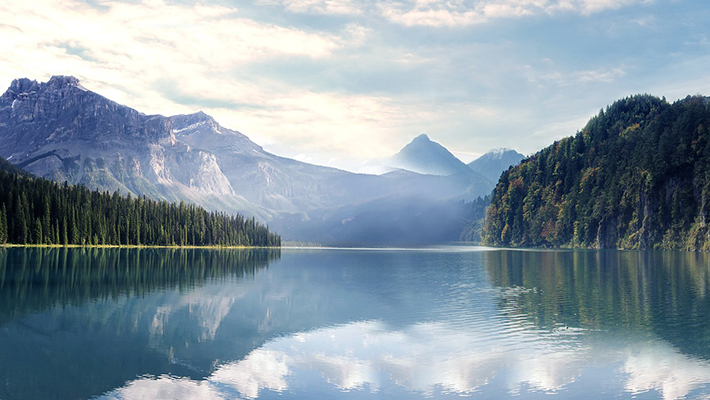
Mountain views and city skylines reflected in placid lakes or rivers are some of the most stunning examples of how nature photography can excite the senses. Regardless of your image’s subject, capturing its reflection in the water will significantly add to its majesty. Getting the perfect mirror image requires a few steps:
- Use a tripod to steady the camera
- Use TV or Shutter Priority mode
- Allow your camera to select the aperture
- Use a slow shutter speed to capture the crispest reflection
Note: The golden hour is the best time to capture these images.
Nature Photography Tips
In this article, you discovered several simple wildlife photography tips to help you frame your intended images and capture them in stunning clarity in their natural environment.
When you know how to take advantage of your equipment’s capabilities and use your keen awareness of your surroundings, you can capture incredibly clear and profound nature images.
Your unfamiliarity with your equipment, animals, and surroundings will leave you taking poorly framed or out-of-focus shots at the worse time.
Sources:
nfi.edu/nature-photography/
nyip.edu/photo-articles/nature-and-landscape/3-simple-wildlife-photography-tips
